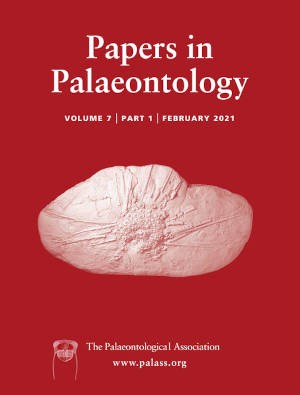Reg. Charity No. 1168330

The earliest known crown-group lepidosaurs are known from the Middle Triassic; however, their stem group is poorly sampled, with only a few representative fossils found. This is partly due to the small size and delicate bones of early stem-lepidosaurs (= non-lepidosaurian lepidosauromorphs), which make both preservation in the fossil record and subsequent discovery less likely. The Middle Jurassic lepidosauromorph Marmoretta oxoniensis is re-examined using high-resolution micro-computed tomography to reveal parts of the skull anatomy that were previously unknown. These include a squamosal, postorbital, more complete parietal, pterygoids, and an articulated posterior section of the mandible. Some differences between this and other Marmoretta specimens were identified as a result, such as the arrangement of palatal teeth and the shape of the parabasisphenoid. The status of Marmoretta as a stem-lepidosaur or stem-squamate has been debated. To evaluate this, we tested the phylogenetic position of Marmoretta by including our new data in an adapted phylogenetic character matrix. We recover Marmoretta as a stem-lepidosaur and sister to Fraxinisaura rozynekae. Our findings support the hypothesis that both taxa belonged to a clade of non-lepidosaurian lepidosauromorphs that co-existed with lepidosaurs into the Middle Jurassic.